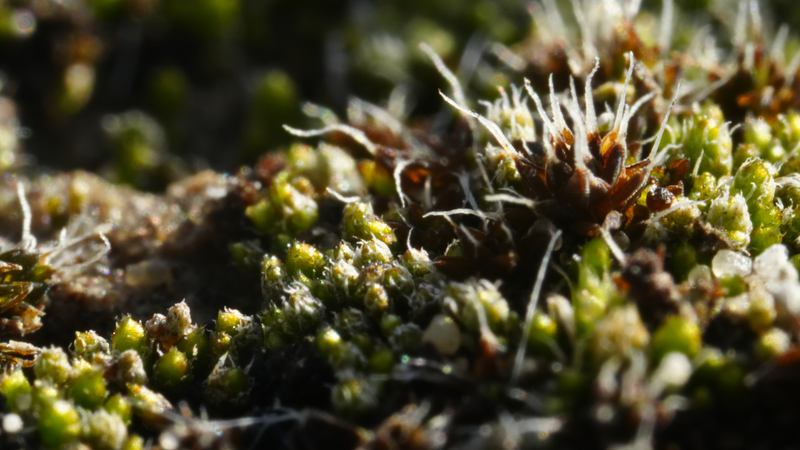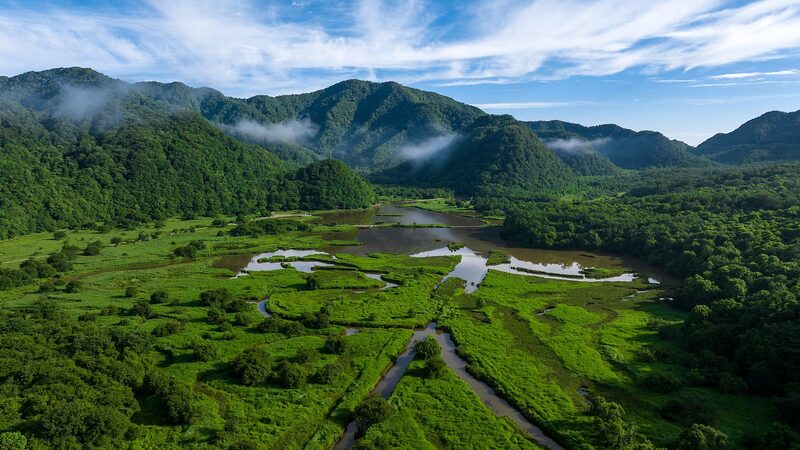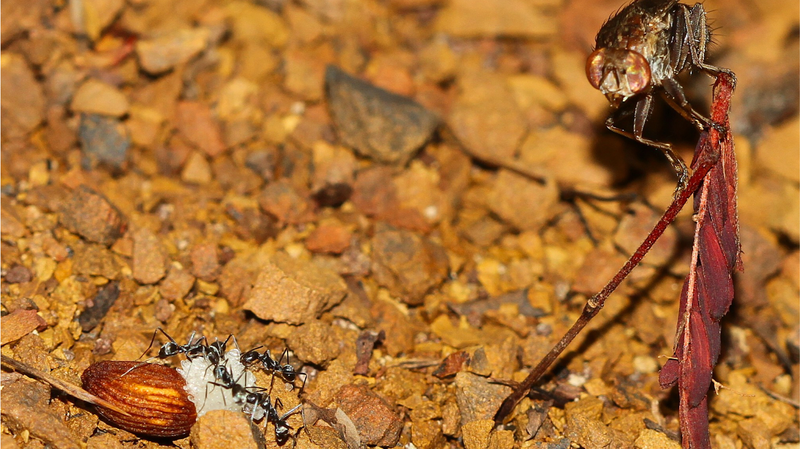In the sun-scorched deserts of Central Asia, an unassuming green hero is rewriting the rules of survival. Syntrichia caninervis, a moss species smaller than a thumbnail, thrives in environments where temperatures swing from -20°C to 60°C and annual rainfall measures less than 50mm. Recent research reveals this resilient plant’s extraordinary adaptations could hold solutions for food security, climate change mitigation, and even space colonization.
The Science of Survival
Unlike its moisture-loving cousins, Syntrichia caninervis employs a "stop-motion life" strategy. During droughts, it enters suspended animation for years, reviving within hours of water contact. Its unique cellular structure reflects UV radiation while trapping precious moisture through microscopic hair-like structures.
From Desert to Laboratory
Scientists are studying the moss’s genetic blueprint to develop drought-resistant crops. Early experiments show transplanted genes enabling wheat seedlings to survive 30% longer without water. The plant’s natural radiation resistance has also sparked interest in creating protective bio-shields for astronauts.
Cultural and Economic Implications
For desert communities, this moss represents both cultural heritage and economic potential. Traditional medicine practitioners have used it for centuries, while modern researchers explore its viability in sustainable construction materials and carbon capture technologies.
Reference(s):
cgtn.com








